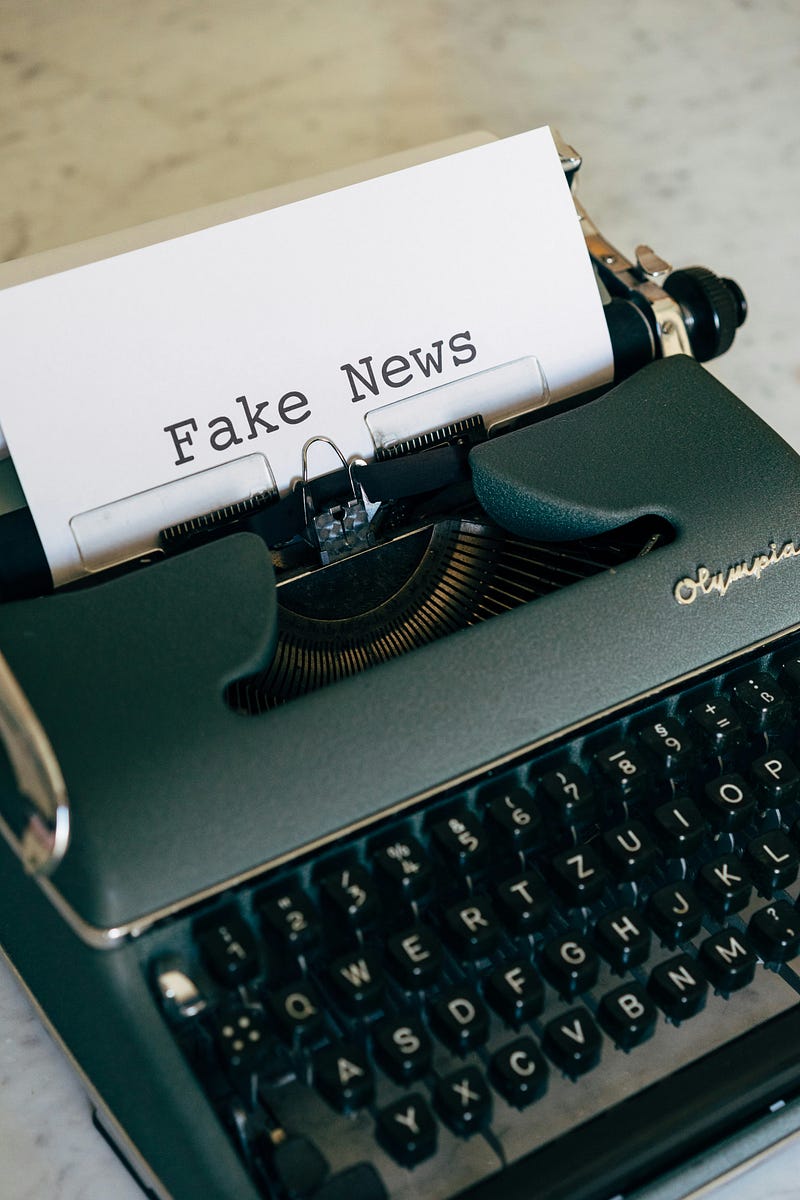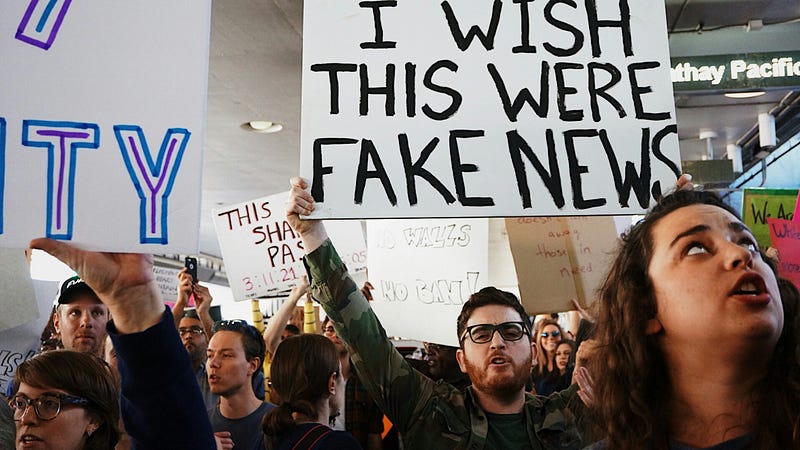
What if I told you that in the not-so-distant future, our entire online existence — every video, every sound bite, every piece of media that shapes our worldview — could be an utterly fabricated lie? A finely crafted illusion made possible by the insidious rise of deepfake technology?
Sound far-fetched? Like some dystopian fiction designed to stoke society’s paranoia? Unfortunately, the threat of hyper-realistic AI-generated fake audio, imagery, and videos exponentially blurring the lines between truth and fiction has become one of the most clear and present dangers facing our digital democracy and day-to-day lives.
This shocking opening fires the first salvo — setting up the deepfake controversy as a simmering menace that could turn our online reality into a “house of lies.” It lays the groundwork for the post to explore all the darker implications — misinformation eroding democracy, personal reputations being smeared beyond repair, trust in media and information being irrevocably shattered.
By framing it as both an imminent threat and a current inevitability, it captures the post’s ominous, controversial tone while provoking readers to stay tuned to learn just how bad the deepfake situation could get. An alarmist query designed to ignite curiosity about a technological pandemic many may not fully comprehend yet.
Take a moment and let the gravity of this statement wash over you — everything you’ve seen, heard, and experienced online may have been an elaborately constructed lie. Those hilarious viral videos, that shocking celebrity sound bite, even the latest earth-shattering current event plastered across social media — all simply illusion woven from the dark art of deepfakes.
Sound far-fetched? A dystopian, paranoid delusion? Unfortunately, the threat of hyperrealistic AI-generated fake audio, images, and videos exponentially blurring the line between truth and fiction has become one of the most insidious menaces facing the modern digital world.
Each passing day, advances in deepfake technology (combining deep learning AI models with human imagery) have brought us a disorienting step closer to a Post-Reality era where seeing isn’t necessarily believing. Where even the most credible-seeming online content must be scrutinized as a potential deception engineered by nefarious actors, adversarial nations, or even just online trolls with too much time on their hands.
Wrapped in that unsettling notion is an age-old Pandora’s Box containing the power to unravel our fragile grasp of what’s real in the digital ether. Misinformation and fake news weaponized to erode trust at dizzying scale. Reputations disgraced and movements undermined by viral smear campaigns. Intelligence services infiltrated, manipulated, and rendered impotent by the omnipresent menace of falsified compromising content.

Welcome to the dystopia where nothing is as it seems. Where bitter skepticism and conspiratorial cynicism are the only portals to a truth being encoded, obfuscated, and fabricated by hidden forces. Consumed by doubt, paralyzed by perpetual manipulation, the credibility of our interconnected reality reduced to a sick joke by deepfake pranksters.
Sliding Into Unreality: Society’s Forced Descent
Stark as those doomsday scenarios sound, we’ve already begun that grim descent towards unmoored disbelief in online information at an institutional level. In 2018, the UN Stratcom committee formally recognized deepfake media as “the global and existential threat” that necessitated an urgent, worldwide counter-initiative.
Think about that for a moment — an intergovernmental body advising on how nations should strategize against being crippled by a plague of digitally fabricated falsehoods. We’re essentially in the early escalation of a global misinformation arms race as deepfake technology charges forward.
Cast your mind back just a few years, to the early era of amateur Photoshop fakery and cheap green-screen spoofs. While crude, those rudimentary techniques represented the quaint first sparks in today’s raging inferno of hyper-realistic AI-enabled media manipulation.
With publicly-available tools like FakeYou, Avatarify, Lyrebird, and countless mobile apps becoming smarter by the day, the barrier to creating convincing deepfake videos has plummeted. User-friendly applications empowering everyday users to stitch together creepily convincing AI-generated personas from real human footage. At a glance, it’s virtually impossible to distinguish the real from the rendered.
The implications are already testing the boundaries of how much we can trust any online content — video, audio, the works. That harmless social clip of a celebrity awkwardly stumbling over their words could be deepfaked propaganda designed to smear. The breathless 24/7 breaking news cycle conveying panic about impending war? A fabrication masterfully distorting world events. Even everyday photos from loved ones are now suspect, since tools like GANs (Generative Adversarial Networks) can generate shockingly realistic fake people, places or scenes.
Just let that sobering thought sink in for a moment. Everything you consumed online today, from morning news to evening Facebook feeds, could be the malicious handiwork of some anonymous hacker, nation-state operator, or misinformation muckraker with an agenda to cripple your grasp of actual reality. Like a social media-powered Inception, you’ve been lulled into someone else’s false reality — and it only took a few clicks to lobotomize your ability to trust what’s real.
Pandora’s Box Unhinged: Democracy’s Dissolution in Deepfake Chaos
The potential dangers extend far beyond just shattering an individual’s perception, however. Some of deepfake technology’s most existential threats lie in the way it can fundamentally disrupt and erode the institutions modern democracy is built upon — free, open elections and public discourse.
We’re already seeing the first fissures cracking this facade, as small-scale deepfake political smear campaigns have begun surfacing around high-stakes elections worldwide. A damning video of a candidate making racist remarks. A compromising audio recording revealing sordid corruption. Even sophisticated impersonations of officials conveying alarming national security threats the public would naturally believe.
With such potent weapons of manufactured misinformation entering the zeitgeist, even relatively transparent propaganda can sow doubt, spread disinformation, and manipulate public opinion during crucial moments. If trusted figures like politicians or public servants can be virtually puppeteered to radical agendas, what hope is there for democracy when nothing is verifiable?
It’s no surprise then, that organizations like Data & Society have continually warned political institutions to begin proactively combating this “Liar’s Dividend” of widespread misinformation before it culminates in catastrophic erosion of public trust. Major social media platforms like Twitter and Facebook have responded by banning explicit deepfake media from their channels, but critics argue this whack-a-mole approach barely scratches the surface of such a dynamic threat.
As the problem continues metastasizing and weaponizing at nation-state level, more extreme solutions may be required. Some have advocated that future elections require some form of irrefutably verifying content — a mandatory digital credentialing pipeline to establish provable authenticity. While such systems could conceivably ensure at least official sources remain pristine, it merely quarantines the contagion while doing nothing to suppress misinformation running rampant everywhere else.
There are also chilling suggestions that only complete crackdowns on civil liberties like encrypting communications and rigorous identification/tracking of misinformation spreaders could suffocate deepfakes’ damage. Drastic measures that carry their own moral implications of totalitarian control, eroding fundamental freedoms in the name of defending truth itself.
So as political bodies grapple with ever-escalating arms races against AI-driven falsehoods, the long-term viability of functional democracy itself seems irrevocably imperiled. After all, a system depending on peaceful consensus and public unity can only survive so long in a Post-Reality where consensus itself is a deepfake apparition.
Shattered Trust: Reputation in the Age of Digital Defamation

And as that very foundation crumbles, the myriad aftershocks reverberate into every facet of modern life. Because while digital propaganda and misinformation serve as existential crises to the global order, the toxicity extends into each of our daily lives as well. Thanks to deepfakes, the viral internet has transformed into a minefield where trusting any information or content risks crossing devastatingly personal territory.
Envision scrolling through your social feeds, only to be confronted by compromising, hyperrealistic smear videos of yourself engaged in abhorrent acts. Mere fiction, uploaded by a scorned ex-partner or malicious troll — but how do you demonstrate proof of deepfakery when your digital life has been hijacked? What protections exist when falsified digital identities can be generated with just a cell phone photo?
For celebrities, public figures, and pretty much anyone existing in internet notoriety under some form, this personal privacy apocalypse is already becoming impossible to safeguard against. Deepfake revenge porn, digitally inserted into compromising adult videos, has already represented a horrific frontier for emotional and psychological trauma being perpetuated by the scourge of fabricated truth.
As AI generation advances however, critics argue that we’ve barely scratched the surface of the immense reputation ruination promised by deepfakes. What happens when Siri’s intelligence progresses to conversing as effortlessly as a real person, yet with no physical embodiment to ever definitively verify appearances? When voice recordings become infinitely clonable, speech-to-text flawlessly mimicked by machine learning? How do we ever prove an identity after being hopelessly bifurcated from corporeal digital versions of ourselves?
By that frightening eventuality, everyone’s reputation, credibility, and legacy could one day become self-propagating fictions unrooted from reality. Blurring the lines between fact, fiction, and digitally-born selves until none can be genuine
